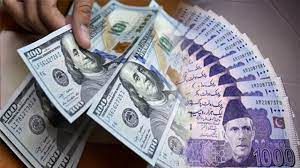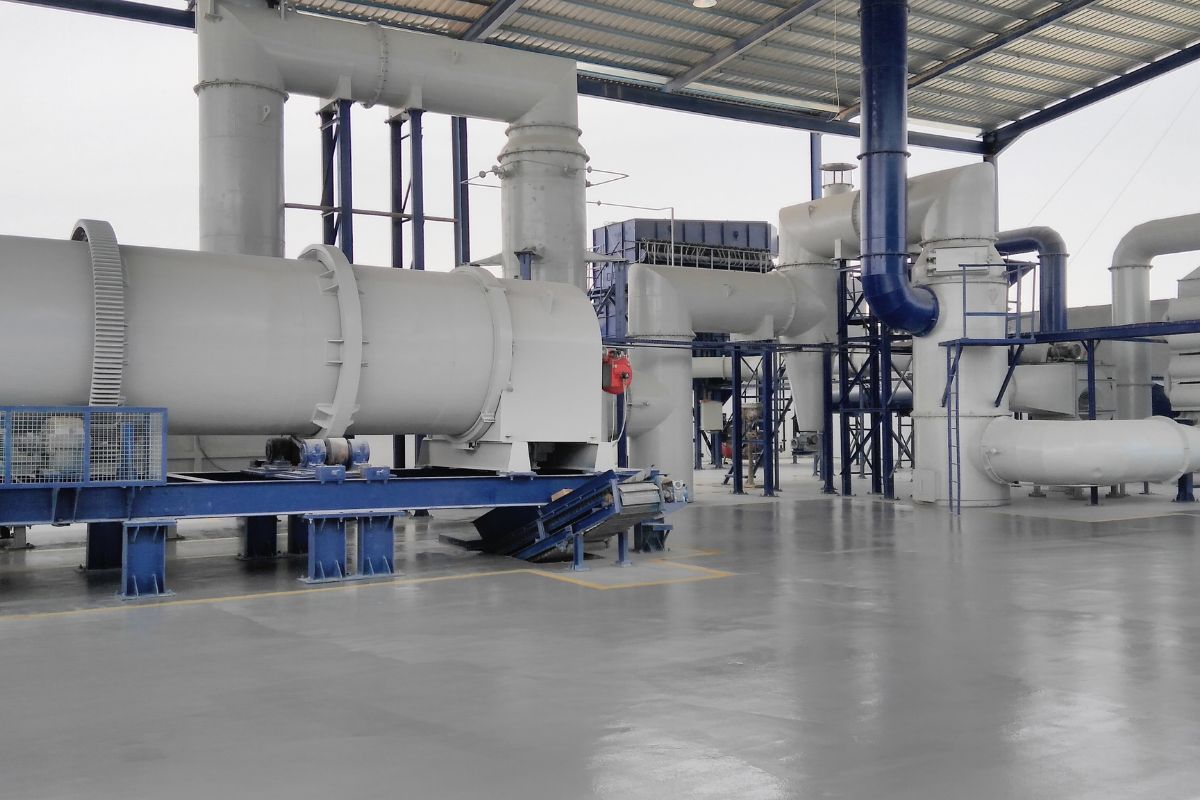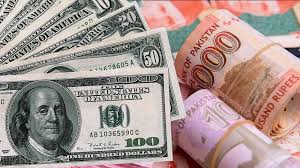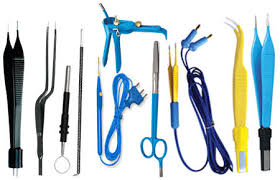
Dollar to PKR – Understanding the Exchange Rate in Pakistan
- Book My Author
- Business
- 2025-09-24 10:45:31
- 944K
Dollar to PKR
The value of the US Dollar (USD) against the Pakistani Rupee (PKR) has always been an important topic for businesses, investors, and everyday people. Whether you are sending money from abroad, buying imported goods, or simply checking the market rate, the dollar to PKR exchange plays a key role in the country’s economy. With Pakistan being heavily dependent on imports such as oil, machinery, food items, and raw materials, even a small change in the exchange rate affects prices in local markets.
In this article, we will explore why the dollar to PKR rate changes, how it impacts the economy, and what it means for individuals and businesses in Pakistan.
Why is the Dollar to PKR Exchange Rate Important?
The exchange rate tells us how many Pakistani rupees are required to buy one US dollar. Since the US dollar is a global reserve currency, it is used in international trade and financial markets. For Pakistan, the dollar rate is crucial because:
It determines the cost of imports such as fuel, food, and technology.
It affects the prices of goods in local markets.
It impacts the purchasing power of people.
It plays a role in foreign investments and exports.
Simply put, when the rupee weakens against the dollar, imports become expensive, inflation rises, and the cost of living increases. On the other hand, when the rupee gains strength, people enjoy lower prices of imported goods, though exporters may face challenges.
Factors That Influence Dollar to PKR
The exchange rate is never constant; it keeps moving due to many factors. Here are some major reasons why the dollar to PKR fluctuates:
1. Demand and Supply of Dollars
When more people or businesses need dollars, the value of the dollar increases compared to the rupee. For example, if Pakistan imports more goods than it exports, the demand for dollars rises.
2. Inflation in Pakistan
High inflation reduces the value of the rupee. If local prices are rising quickly, foreign investors lose confidence in the rupee and prefer to keep their money in dollars.
3. Government Policies
The State Bank of Pakistan and the government try to stabilize the exchange rate through monetary policies, interest rates, and foreign reserves management.
4. Global Market Trends
Events such as oil price hikes, US economic policies, or international trade wars can also affect the dollar to PKR.
5. Remittances and Exports
When overseas Pakistanis send money home, dollars flow into the country, strengthening the rupee. Similarly, strong export earnings can help improve the exchange rate.
Impact of Dollar to PKR on Daily Life
The exchange rate is not just an economic figure—it directly affects people’s lives. Let’s look at some of the ways it influences everyday Pakistanis:
Food Prices
Many food items like cooking oil, tea, and pulses are imported. If the dollar rises, these items become more expensive in local markets.
Fuel and Transport
Pakistan imports most of its petroleum products. When the dollar strengthens, petrol and diesel prices increase, which then raises transportation costs.
Education and Travel Abroad
Students studying abroad pay their fees in dollars. Similarly, people traveling internationally need dollars for tickets and expenses. A weaker rupee means higher costs.
Technology and Electronics
From smartphones to laptops, most gadgets come from other countries. Their prices are directly linked to the dollar to PKR rate.
Dollar to PKR and the Business World
Businesses in Pakistan closely monitor the dollar exchange rate because it affects both costs and profits.
Importers face higher costs when the rupee weakens. For example, car manufacturers who import spare parts have to increase their prices.
Exporters may benefit when the rupee falls because their goods become cheaper for buyers abroad. This can boost textile and sports goods exports.
Investors look at currency stability before making decisions. A weak and unstable rupee makes it harder to attract foreign investment.
Historical Trends of Dollar to PKR
Over the past few decades, the rupee has gradually weakened against the dollar. In the 1980s, one dollar was worth less than 10 rupees. In the 2000s, it reached around 60 rupees. By the 2010s, it crossed 100 rupees. Today, it is significantly higher, reflecting both local and global challenges.
These trends show that while some fluctuations are temporary, long-term devaluation often occurs due to economic pressures, political instability, and global financial markets.
Dollar to PKR in the Open Market vs. Interbank Rate
In Pakistan, two types of dollar rates exist:
Interbank Rate: The rate at which banks trade with each other.
Open Market Rate: The rate available at currency exchange companies for individuals.
Usually, the open market rate is slightly higher because of demand and supply pressures. For people buying dollars for travel or personal needs, the open market rate is what matters most.
Role of Currency Exchange Companies
Currency exchange companies play a major role in providing updated dollar to PKR rates. Trusted exchange services give accurate rates, making it easier for people to buy or sell currency. Companies like Link International Exchange in Lahore are well-known for offering reliable and transparent exchange services, ensuring that customers get fair rates.
Future of Dollar to PKR
Predicting the exact future of the exchange rate is difficult, but some factors give us hints:
If Pakistan increases exports and reduces imports, the rupee can gain stability.
Strong remittance inflows from overseas Pakistanis may help maintain reserves.
Political stability and consistent government policies can improve investor confidence.
Global oil prices and US economic conditions will continue to influence the rate.
While challenges remain, careful management of the economy can bring some relief to the rupee.
How to Stay Updated on Dollar to PKR
Since the exchange rate changes daily, it is important for people to stay updated. The best ways to do this include:
Checking online currency exchange platforms.
Following updates from the State Bank of Pakistan.
Visiting trusted currency exchange companies like Link International Exchange.
By staying informed, businesses and individuals can make smarter financial decisions.
Conclusion
The Dollar to PKR exchange rate is much more than a number—it is a reflection of Pakistan’s economic health and its connection to global markets. Every citizen, from businessmen to students and households, feels its impact in one way or another. A strong rupee means affordable goods and stability, while a weak rupee increases challenges for the common man.
As Pakistan works to balance imports, boost exports, and attract investments, the dollar to PKR rate will continue to be at the center of financial discussions. Keeping track of it regularly is the best way for individuals and businesses to plan ahead and manage their expenses wisely.









